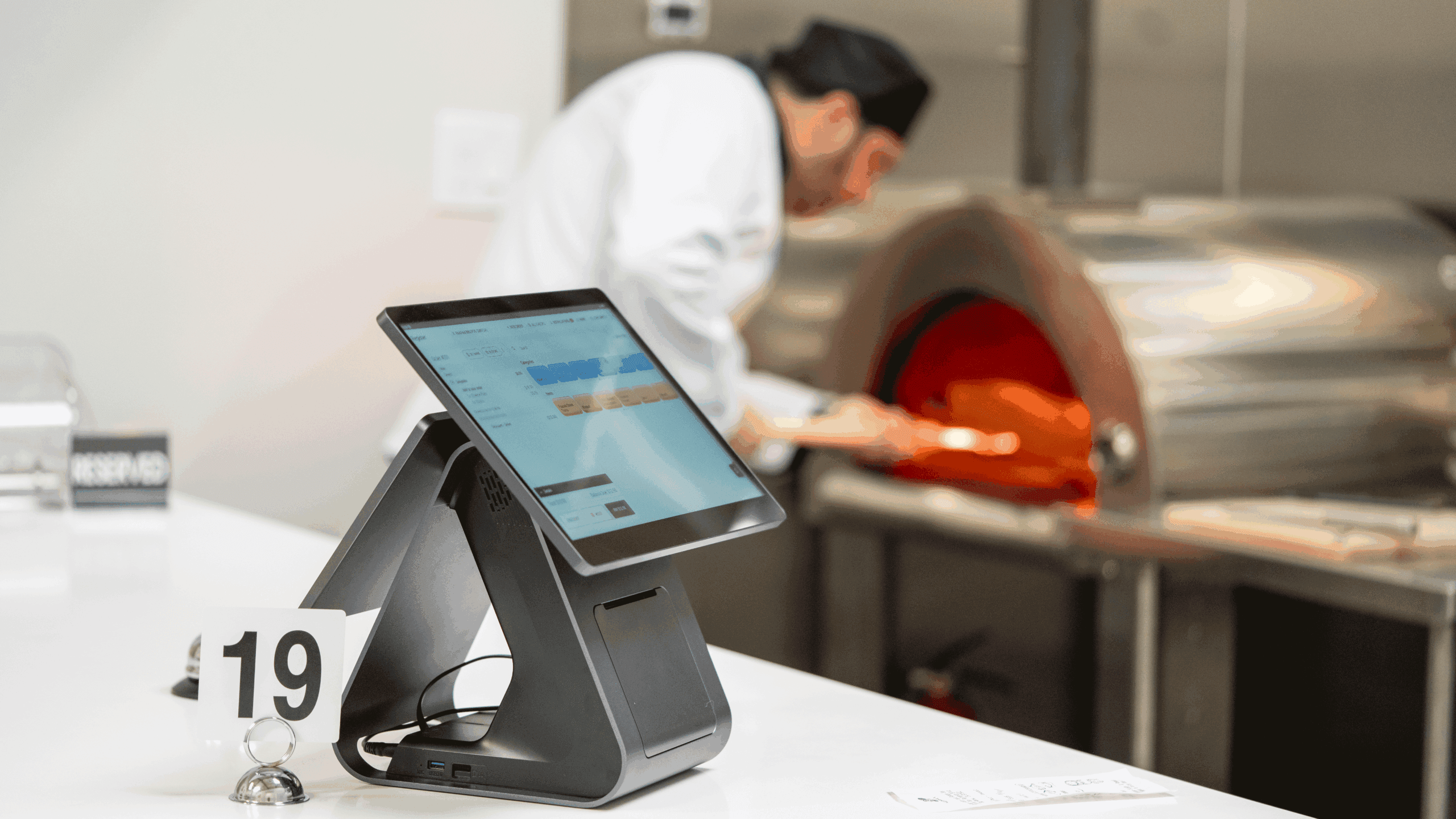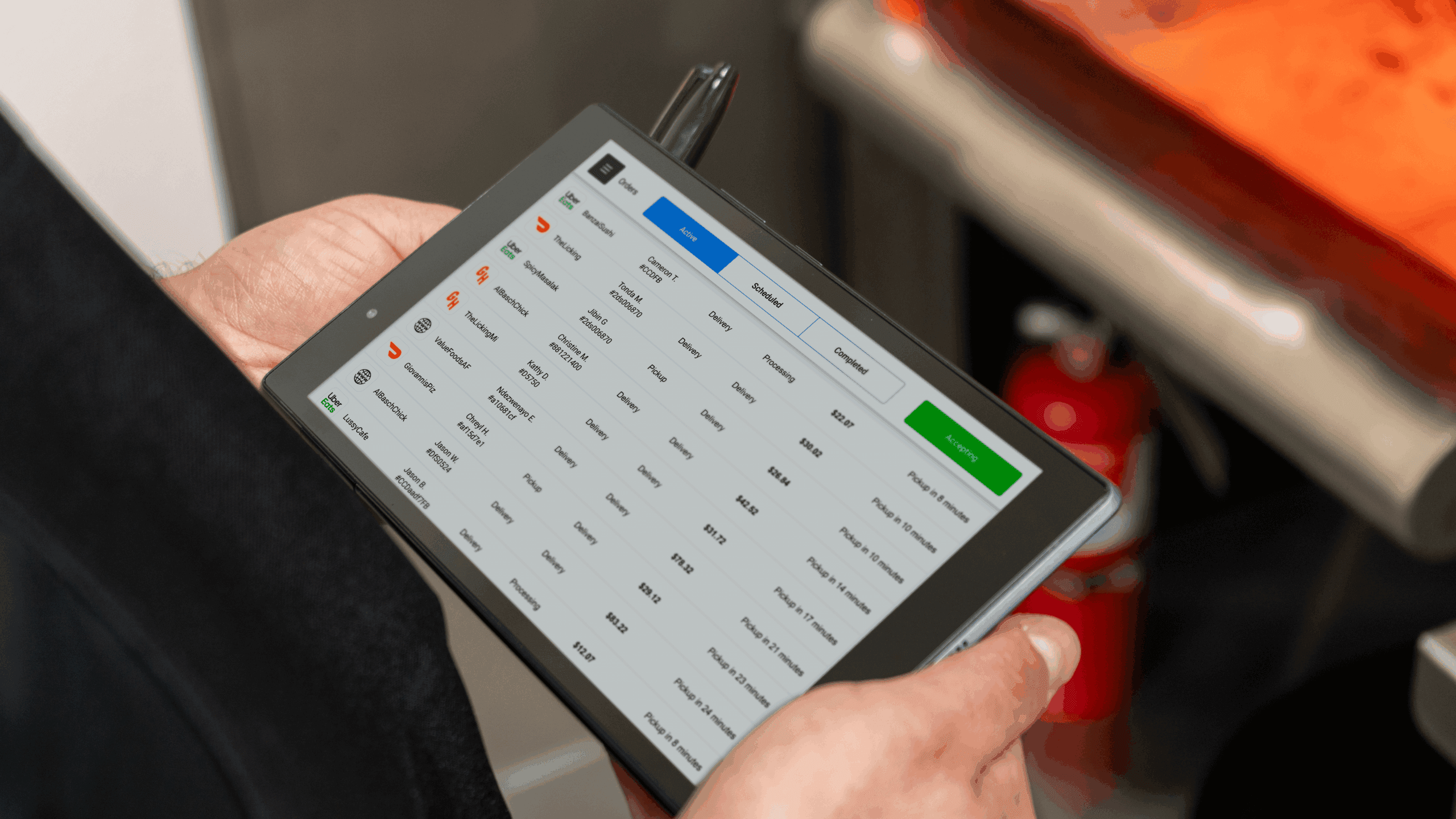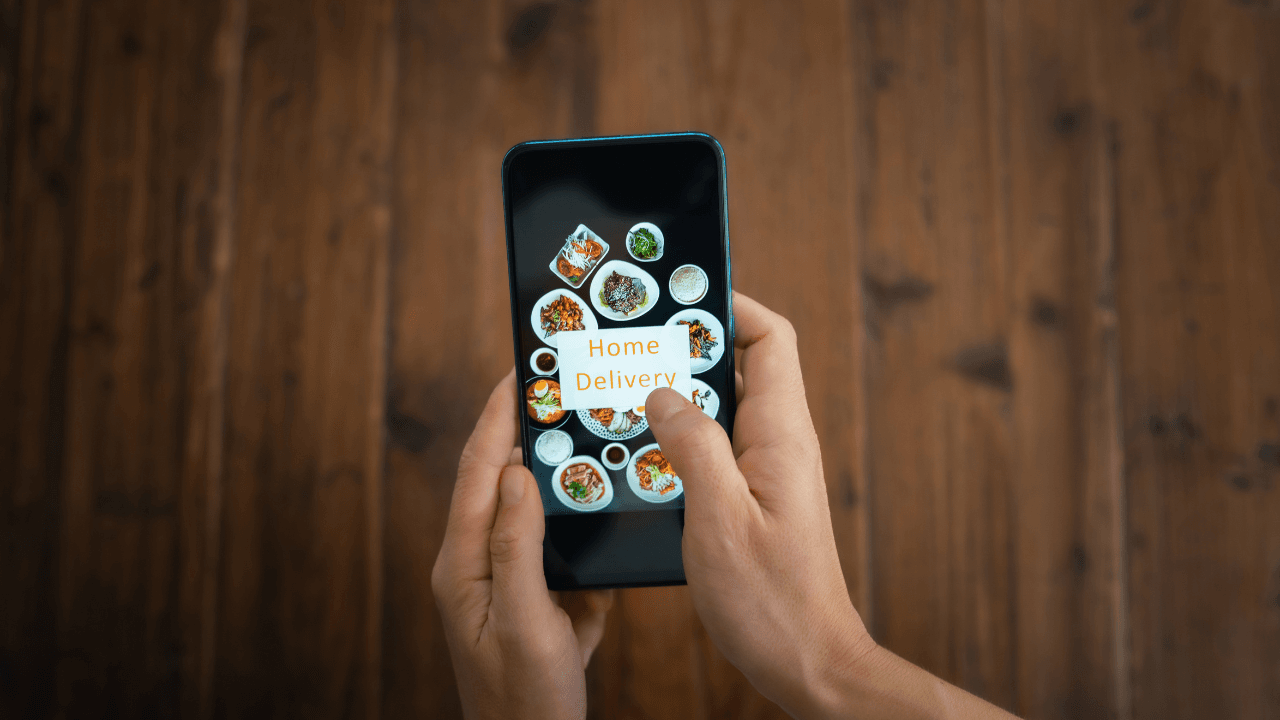- What Are Restaurant KPIs?
- Top 9 Restaurant KPIs for Restaurant Owners
- Online Delivery vs. Dine-in KPIs
Restaurant KPIs should be on top of the list for any restaurant business owner today!
According to a 2021 survey by National Restaurant Association, 85% of restaurant operators reported their profit margins to be lower than before the Covid pandemic.
Now, more than ever, restaurant managers should be careful of spending and track their progress towards specific goals.
Operators in the restaurant industry should consider reviewing their restaurant KPIs to improve operational efficiency and overall profitability.
This article will help you define restaurant KPIs and discuss 9 essential KPIs that every restaurant manager should measure.
What Are Restaurant KPIs?
Restaurant key performance indicators, or KPIs, help restaurant owners track their progress toward specific goals.
These metrics include revenue, costs, labor efficiency, customer satisfaction ratings, and other business-related data.
Without analyzing such metrics, it would be difficult to identify areas of improvement within their business.
Restaurant KPIs can also help make data-driven decisions about allocating resources, investing in training programs, and improving customer service.
Top 9 Restaurant KPIs for Restaurant Owners
With the annual inflation rate in the US accelerated, restaurant managers might see the need to track every performance data point to control their finances.
But this can only waste time as owners need to focus on the right KPIs.
There are several critical KPIs that owners should consider.
Sales
Revenue and sales are the lifeblood of any business, and restaurants are no different. That’s why one of the most important KPIs for restaurants is evaluating sales that impact the break-even point and gross profit.
Break-even point
The break-even point is the revenue needed to cover all operating expenses and costs without accounting for profit.
The break-even point is crucial for restaurants because it helps owners determine how much revenue they need to generate to cover their costs.
If a restaurant’s sales are below the break-even point, the business is operating at a loss.
Whereas, if sales are above the break-even point, the restaurant business generates a profit.
Gross Profit
Gross profit is the difference between a business’s revenue and the cost of goods sold.
For restaurants, the gross profit margin is a crucial metric because it measures the profitability of menu items and shows if net profit has been attained.
If a restaurant has a low gross profit margin, then it means that its menu prices are too low or its food costs are too high.
To improve the gross profit margin, restaurant owners should improve their food costs and raise menu prices.
Historical Sales
Historical sales, also known as historical revenue, are a key performance indicator for restaurants because they help owners understand the overall trends in their business.
By analyzing past sales data, restaurant managers can identify any changes in customer demand or purchasing patterns over time.
This information can then be used to make informed decisions about product pricing, marketing strategies, and other critical business decisions.
Restaurants need to review sales figures regularly to identify areas of success and opportunities for improvement.
Labor Cost
With labor costs remaining elevated in 2022, restaurant owners also need to closely monitor them, as they are significant expenses for any business.
Restaurant managers should be aware of two major labor cost KPIs: employee turnover rate and sales per employee.
Employee Turnover Rate
The employee turnover rate is the percentage of employees that leave a company within a given period.
For restaurants, this metric is crucial because it can impact labor costs and customer service.
If a restaurant has a high employee turnover rate, it will need to spend more money training new staff members.
A high turnover rate can also lead to a decline in customer service quality as new employees may not be familiar with the restaurant’s menu or service processes.
Restaurant owners should create a positive work environment and provide competitive compensation packages to improve their employee turnover rate.
Sales Per Server
Sales per server is the average revenue generated by each of a restaurant’s servers within a given period.
This metric helps owners understand which servers bring in the most revenue and whether they need to change their staffing levels or service processes.
Restaurant managers should increase the average ticket size and enhance their server’s closing skills to improve sales per employee.
Both strategies can help servers generate higher average sales and improve their overall performance.
Cost of Goods Sold
The cost of goods sold, or COGS refers to the direct costs associated with producing a restaurant’s food and beverage products. This includes the cost of raw materials, labor, and other production costs.
The COGS metric directly impacts a restaurant’s gross profit margin.
If a restaurant has a high COGS, then it means that their menu prices are too low or their food costs are too high.
Owners should reduce food waste, negotiate better prices with suppliers, and improve their production processes to improve their COGS.
Your Inbox, Your Rules!
Tailor your newsletter with the topics you're most interested in.
Prime Cost
Prime cost is a crucial restaurant performance metric that represents the sum of all direct labor and food costs.
It is often used as a benchmark to measure the efficiency of a restaurant’s operations.
The lower a restaurant’s prime cost, the more profitable it is likely to be. Restaurant managers should streamline their production processes and reduce food waste to improve their prime cost.
They should also invest in labor-saving tools such as restaurant automation software to improve their efficiency and lower costs.
Overhead Expenses
Overhead expenses include things like rent, utilities, insurance, taxes, and marketing costs.
These expenses can significantly impact a restaurant’s profitability, so it is important for owners to closely monitor them and take steps to reduce them where possible.
One strategy that restaurants can use to lower their overhead expenses is negotiating better deals with their landlords and suppliers.
They can also reduce their marketing costs by investing in more cost-effective SEO and social media marketing strategies.
But owners cannot invest in such strategies without having an initial understanding of the ins and outs of marketing. That’s why it’s essential to cover the basics of restaurant marketing before jumping into something bigger!
Finally, restaurants can reduce insurance premiums by investing in safety measures such as employee training programs and security systems.
Online Delivery vs. Dine-in KPIs
There are several KPIs that restaurants can use to measure the success of their online delivery versus dine-in offerings, including:
- Revenue per customer: This metric measures the average revenue generated by each customer.
- Average order value: This metric measures the average amount spent per order.
- Conversion rate: This metric measures the percentage of customers who place an order.
- Customer satisfaction: This metric measures the percentage of satisfied customers with their delivery or dine-in experience.
- Delivery time: This metric measures the average amount of time it takes for a delivery order to be completed.
- Order accuracy: This metric measures the percentage of delivery orders that are completed accurately, with no errors or missing items.
- Delivery costs: This metric measures the average delivery cost for each order.
By tracking these metrics, restaurants can better understand the performance of their online delivery versus dine-in offerings and make data-driven decisions to improve their operations.
For example, suppose a restaurant notices that its delivery orders have a higher conversion rate than dine-in orders. In that case, it may focus more of its marketing efforts on driving online orders.
Alternatively, suppose a restaurant sees that its delivery orders lower customer satisfaction rates than dine-in orders. In that case, it may improve its delivery time or accuracy.
Of course, more reports should come to any restaurant owner’s attention, such as payroll and labor, as well as menu reports. Check out our list of 5 restaurant reports to gain more in-depth information!
Customer Retention Rate
Customer retention rate is a crucial metric for restaurants because it measures the percentage of customers who return to make another purchase.
It is a good indicator of a restaurant’s overall customer satisfaction and profitability, as customers who are happy with their experience are more likely to come back.
Customer Feedback KPI
The quality of your food and service are critical factors in determining the success of your restaurant.
Therefore, managers need to gather data on customer feedback, such as ratings on Yelp, TripAdvisor, Google, and social media.
Owners can use this data to identify areas for improvement and drive long-term growth.
Monitor KPIs to Manage Performance
If you are a restaurant manager, it is important to regularly monitor key performance indicators (KPIs) such as revenue, profitability, and customer satisfaction.
By tracking these metrics over time, you can identify trends and make data-driven decisions to improve your restaurant’s performance.



